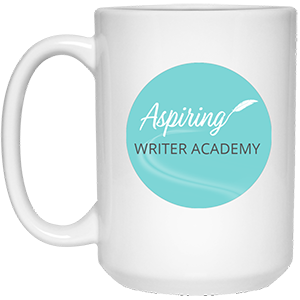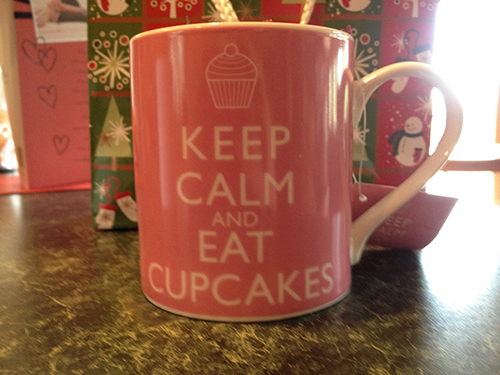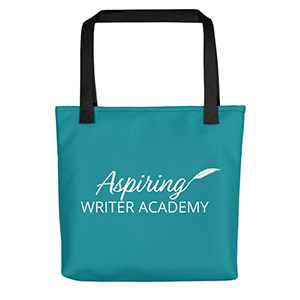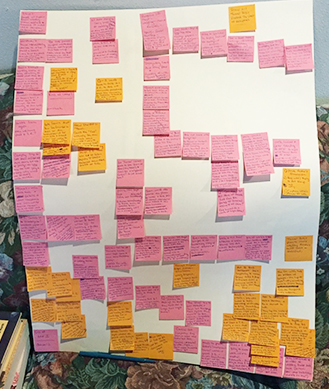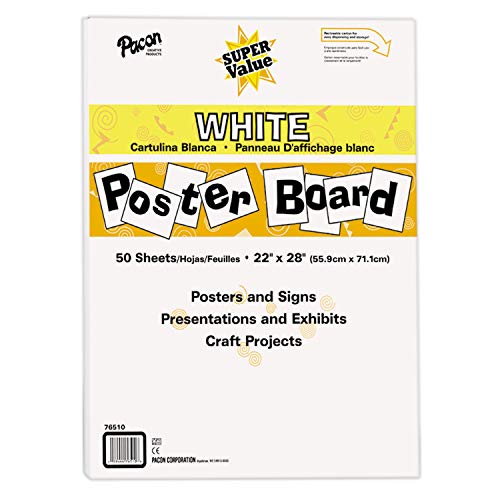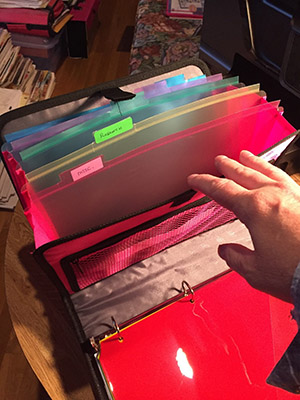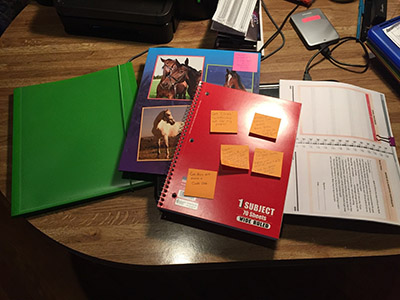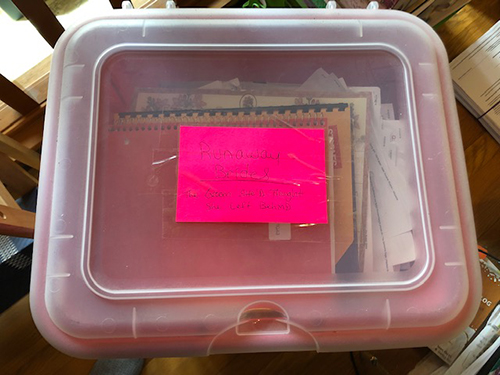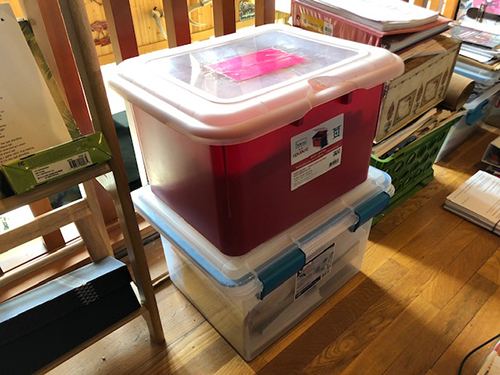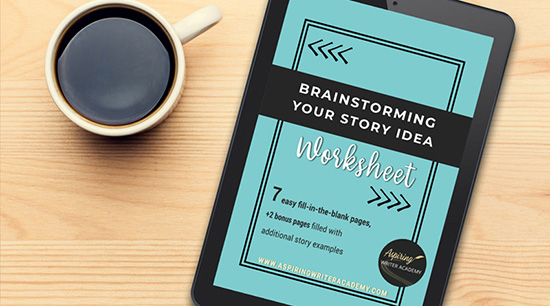Fiction Writing: Office Supplies to Help You Prepare to Write Your Next Novel
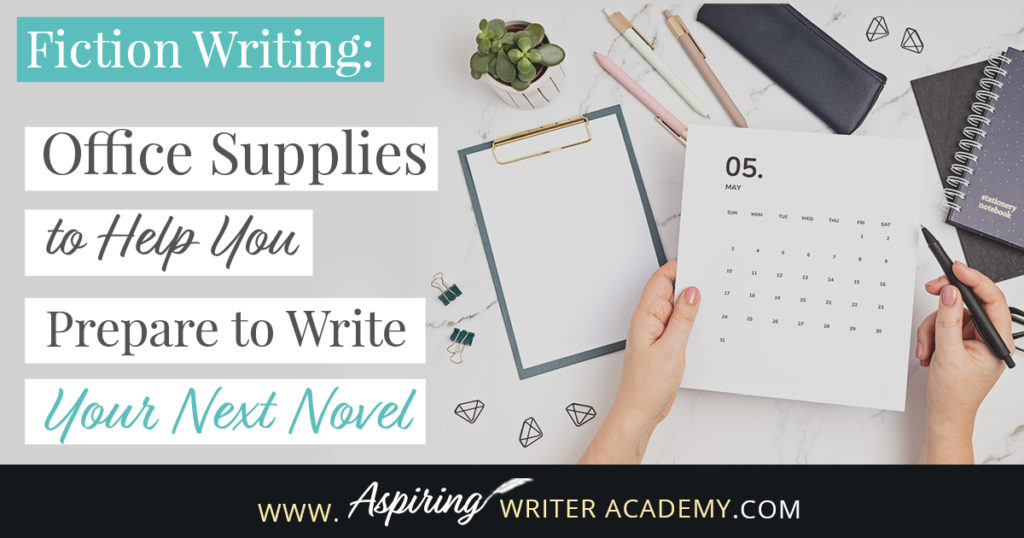
Are you new to Fiction Writing? Have you wondered which office supplies might be helpful when preparing to write your first novel?
Or are you a published author preparing to write your next book?
In our post, Fiction Writing: Office Supplies to Help You Prepare to Write Your Next Novel, we give you a handy checklist of supplies for writing, plotting, setting up your office, and for creating a Story Binder that keeps all your templates and brainstorming ideas in one place.
Early in my writing career, I had no idea what I needed to write a story other than a pen and a notebook. Back then, that was enough.
But once I started getting serious about writing, I realized I needed a computer with a Word program, a printer, ink, a more comfortable desk, and an office chair.
I needed sticky notes and a host of other supplies to make plotting easier and more enjoyable.
And when I began receiving book contracts with a tight deadline, I needed a checklist, a system, a new novel preparation box and clean Story Binder that I could pull out each time I needed to quickly begin a new novel.
Having a pre-planned collection of supplies and templates not only saves time but also frustration, because everything needed to start a new novel is ready to go!
Our tips, checklists, and ideas will not only help you get organized but will give you confidence in knowing that you have everything at your fingertips to begin writing that epic new story!
In the post below we will discuss:
- Basic office supplies to help you set up your workspace
- Helpful tools for brainstorming, plotting, and tracking your story timeline
- How to stay organized by putting together your own story binder and new novel preparation box
1) Basic Office Supplies to Help You Set Up Your Workspace
First you need to decide where you are going to write.
Do you have a room in your house that you can convert to a home office? Perhaps an extra bedroom where you can set up a writing corner? Could you turn a closet into a writing center?
If you do have the luxury of having some kind of walled space, then you may want to consider buying these items:
- Writing desk (preferably with space for your laptop and enough room to spread out research, plotting boards, notes, etc.)
- Computer chair (make it a comfy one because you will be spending a lot of time here)
- Computer with Word Program (or other compatible writing program like Scrivener)
- Bulletin boards / dry-erase white boards (for brainstorming story ideas, pinning notes, character information, writing goals)
- Wall or desk calendar (to track deadlines, appointments, or story timelines)
- Pens in different colors. Example: blue ink can be used for notes, red for editing or critiquing. Highlighters can also be used for critiquing purposes. Also consider a Pen Holder to keep them in.
- Stapler & box of extra staples, paper clips or binder clips (to keep notes, research, or manuscript pages together)
- Printer & ink cartridges (to print out manuscript pages and online research)
- Stereo for inspirational background writing music (create your own playlist to get you into the rhythm of writing)
- Special coffee or drink mug (because most writers enjoy coffee or tea while writing. Perhaps pick a mug with an inspirational saying.)
- Supply of chocolate (because it tastes good and revs up your endorphins, which help put you in a happy mood – perfect for creativity.)
But what if you do not have office space?
Some writers go to coffee shops or public libraries to write their fictional masterpieces. However, that means you must also transport your laptop and writing notes to outside locations.
- Briefcase
Having a briefcase can help. If you are a writer who also likes to carry along research, books, and other supplies, you might want to consider getting a wheeled briefcase.
Other writers choose to sit at the kitchen table. However, this means you need a portable workstation that can be set up and taken down quickly and easily (in time for family dinner!)
- Plastic Storage Box
Or even better, get yourself a large storage box with a lid and store everything to do with your writing project inside to keep it together in one place. The box can be moved from room to room, and you can be confident that everything you need to start writing again is contained within.
- Trifold Board
These foam or cardboard boards fold up flat for easy storage. They create great writing centers for students and writers alike and can be customized with clips, pockets, folders, and even small trays to pin up notes, character sheets, pictures of setting, or motivational quotes to create an office atmosphere and inspire you while you are writing.
2) Helpful Tips & Tools for Brainstorming, Plotting, and Tracking Your Story Timeline
- Sticky Notes
These are awesome to jot down any kind of note and just stick it on to something. I personally love sticky notes for brainstorming new story ideas. If brainstorming, I can easily move around clusters of ideas on a table or a posterboard that may relate to one another to create scenes or chapters. I can lineup my story plot points, or the story timeline, or the historical timeline.
- Index Cards
I am a big fan of using index cards to brainstorm or plot my stories, especially when I teach classes on how to use Scene & Sequel to move your story forward. We lay out a series of index cards on the table, like dominoes, to map out the sequence of our scenes using one card for the components of the point-of view character’s Scene, followed by another card for the Sequel, detailing the reaction to the scene.

- Posterboards
Great for putting together story collages, drawing maps for the setting, or to use with the sticky notes for brainstorming and plotting. Pasting ideas on posterboards while brainstorming may help you visualize the story or help you come up with even more ideas. I’ve also used these collages at book signings after my book is published to show readers my inspiration for the story. They are a good promo tool.
- Paper bags
Personally, I do not buy these but use the paper bags from the grocery store. I cut them apart at the seams to make a long scroll. If you would like to save money, you can use paper bags as posterboards for your sticky notes and plotting or use the cut bag scroll for timelines. Paper bags also roll up very easily to keep in your plastic storage bin or someplace out of the way when not being used. Secure with a rubber band. However, be warned! Paper bags may attract those who wish to prevent you from plotting!

- Pre-printed supply of story templates
Each time you start a new story you do not want to have to re-think how to begin. Create a process. A gameplan for starting new stories. Gather your favorite writing templates or fill-in-the-blank sheets from writing conferences, classes, courses, or create your own and have them pre-printed and ready in a folder, binder, or a new plastic storage bin. Then, the next time you are ready to start a new story, all you have to do is dive in.
- File folders
No matter how much research I store on my computer, I always have a need for a real file folder to hold ideas, magazine or newspaper clippings, photos, maps, or research pamphlets from visiting different story setting locations. You may want to have several file folders, one for each of your characters, or a file folder case that holds multiple files which can be labeled with tabs for research, characters, setting, plot ideas, etc.
- Calendars
You can download free calendars online and print them off yourself from sites such as
https://www.free-printable-calendar.com/ or https://print-a-calendar.com/
Or you can buy blank calendars from office supply stores to track the days and weeks in your story. This is especially good for when you need to write transitions such as ‘Four days ago’ or ‘the week before’ so you know when exactly in your story that event took place. Calendars are also good for you, as a writer, to track deadlines, schedule appointments, and set up book signings. This can also be achieved with a daily-weekly-monthly-yearly planner. I also use calendars to record how many pages I’ve written each day and track my progress on my stories.
3) How to Stay Organized by Putting Together Your Own Story Binder and New Novel Preparation Box
When you are unpublished, you have all the time in the world to write your story. However, if you are pursuing a writing career with multiple book contracts in your future, you need to find ways to save time between finishing one book and starting another. The best way to save time is to stay organized.
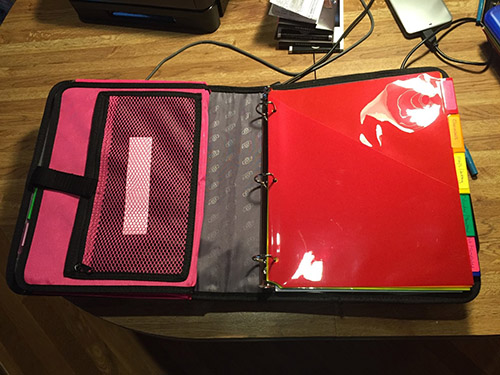
Create a Story Binder
A story binder allows you to keep all relevant facts and info about your story in one place. It may contain character sheets, brainstorming notes, details on setting, scene snippets, plot sketches, research materials, and promotional ideas. Each section can be divided by divider tabs. I like plastic divider tabs with double sided pockets, which can hold additional maps, notes, and things.
Not only can this story binder keep your writing organized, but in the future, if you are a guest on a blog and need to refer back to an older story, all your information is in the binder, so you do not have to hunt it down again. This is also great if you decide to write a sequel series several years later. All the info from the original story is in one easy-to-access binder. You can insert your own paper or insert a thin notebook for notes, in addition to your files.
Some authors prefer to keep all their story information in files online. However, there are many prominent authors who like a physical binder because it allows for the freedom to do some character work or brainstorming somewhere other than the computer chair. As authors, we spend enough time in that chair. The more I can unplug from the screen and sit out on the porch to do some writing tasks, the better!
- 3-ring binders
- Binders with file dividers
- Double pocket dividers
- 3-ring binder paper
- Notebooks
- Optional pencil-pen case
Create a New Novel Preparation Box
As a published author, I have had to write several multi-book series back-to-back without much time in between. To try to speed things up I decided to purchase several plastic storage bins at the office supply store (although cardboard boxes would work too), and I spent a few days just gathering all my needed supplies to start each story.
I put a label with the title to each story on the lid of each bin and then placed in many of the items we have already discussed: pens, highlighters, sticky notes, index cards, paper bag scrolls, blank calendars to track my story, or if writing a historical—a blank calendar from that year.
I also put together several Story Binders with double pocket divider tabs labeled with my various story sections and all my blank brainstorming, character, and plot templates and put one binder in each bin—everything I usually need to start a new story.
As I wrote Book 1 in the series, I also gathered research books, pamphlets, and material that I could use in Books 2 & 3. By having my other Story Bins already set up, I could just drop those items with informational material into the appropriate bin.
Every author comes up with creative ideas to save time and make the writing process run smoother. This system seems to work best for me, and the beauty is that anyone can do this, whether you are just starting out or a seasoned pro!
We hope that you have enjoyed Fiction Writing: Office Supplies to Help You Prepare to Write Your Next Novel, and that it has inspired you with new ideas to organize your office, your writing supplies, and your next novel.
The next step is to START WRITING!
If you need help, you can download our Free Brainstorming Your Story Idea Worksheet with fill-in-the-blank templates to help you develop your characters, flesh out your story idea, and deepen your plot
Do you find it difficult to create compelling antagonists and villains for your stories? Do your villains feel cartoonish and unbelievable? Do they lack motivation or a specific game plan? Discover the secrets to crafting villains that will stick with your readers long after they finish your story, with our How to Create Antagonists & Villains Workbook.
This 32-page instructional workbook is packed with valuable fill-in-the-blank templates and practical advice to help you create memorable and effective antagonists and villains. Whether you're a seasoned writer or just starting out, this workbook will take your writing to the next level.
If you have any questions or would like to leave a comment below, we would love to hear from you!
Our Goal for Aspiring Writer Academy is to help people learn how to write quality fiction, teach them to publish and promote their work, and to give them the necessary tools to pursue a writing career.

ENTER YOUR EMAIL BELOW
TO GET YOUR FREE
"Brainstorming Your Story Idea Worksheet"
7 easy fill-in-the-blank pages,
+ 2 bonus pages filled with additional story examples.
A valuable tool to develop story plots again and again.
Other Blog Posts You May Like
How to Write Act I: Opening Scenes for Your Fictional Story
Learn to Plot Fiction Writing Series: Story Analysis of “Beauty and the Beast”
How to Plot Your Fictional Novel (with Free Template Included)
The Ultimate Book Signing Checklist: What to Bring to Your First Book Signing
5 Questions to Create Believable Villains
Why Your Characters Need Story-Worthy Goals
3 Levels of Goal Setting for Fiction Writers
Fiction Writing: How to Write a Back Cover Blurb that Sells
Fiction Writing: How to Name Your Cast of Characters
How to Captivate Your Readers with Scene-Ending Hooks
Scene & Sequel: The Secret to Plotting an Epic Novel
Scene & Sequel: The Secret to Plotting an Epic Novel (Part 2)
Writing Fiction: How to Develop Your Story Premise
12 Quick Tips to Write Dazzling Dialogue
10 Questions to Ask When Creating Characters for Your Story
Macro Edits: Looking at Your Story as a Whole
Basic Story Structure: How to Plot in 6 Steps

is a multi-published author, speaker, and writing coach. She writes sweet contemporary, inspirational, and historical romance and loves teaching aspiring writers how to write quality fiction. Read her inspiring story of how she published her first book and launched a successful writing career.

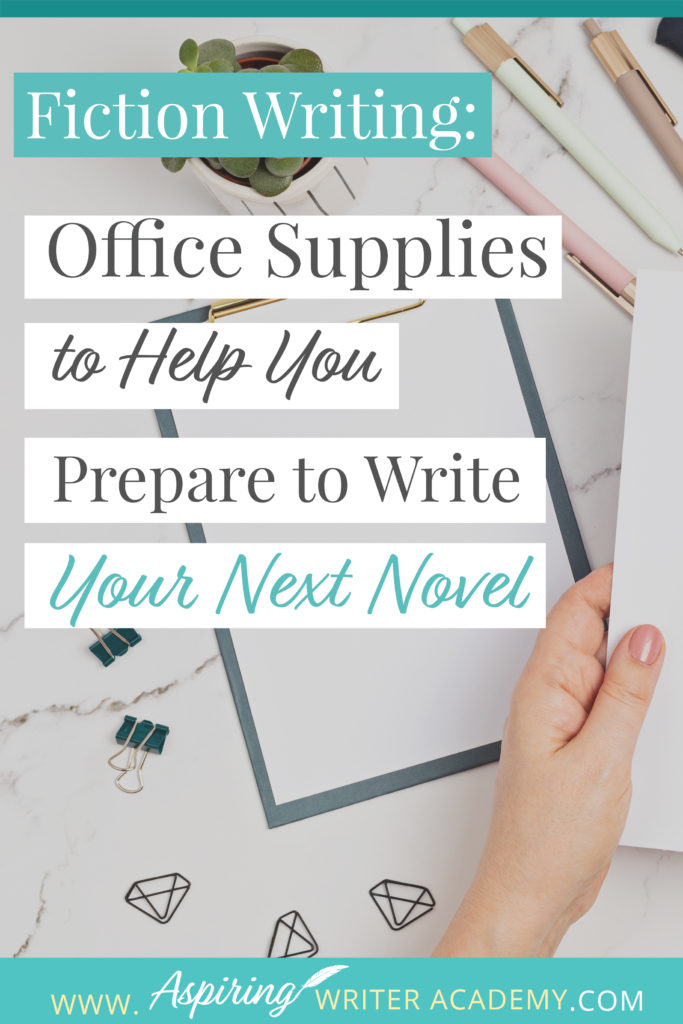
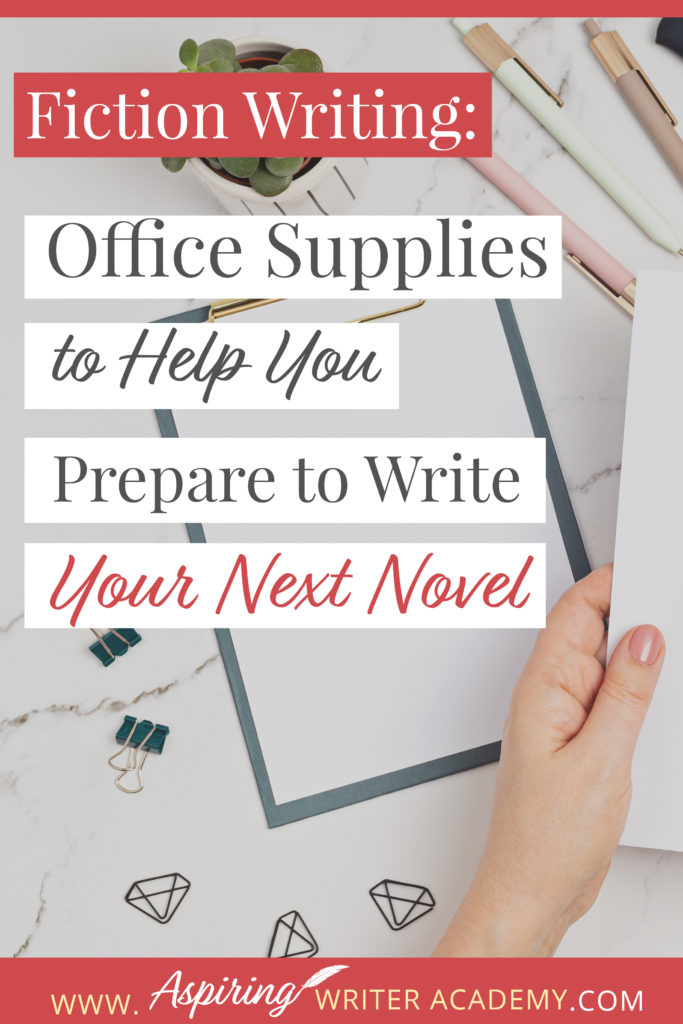
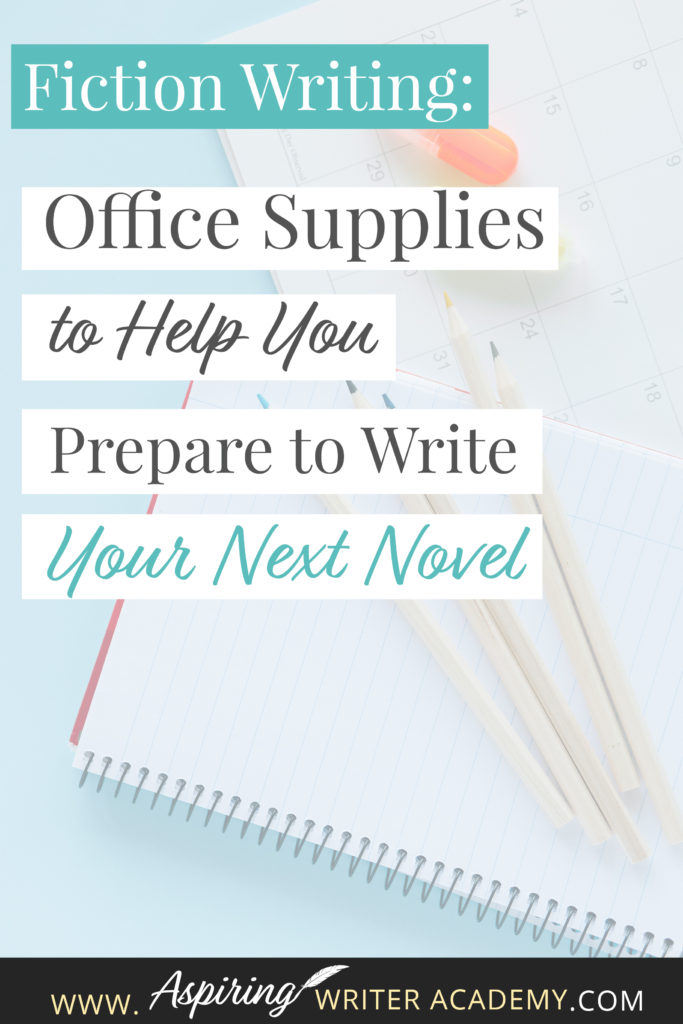
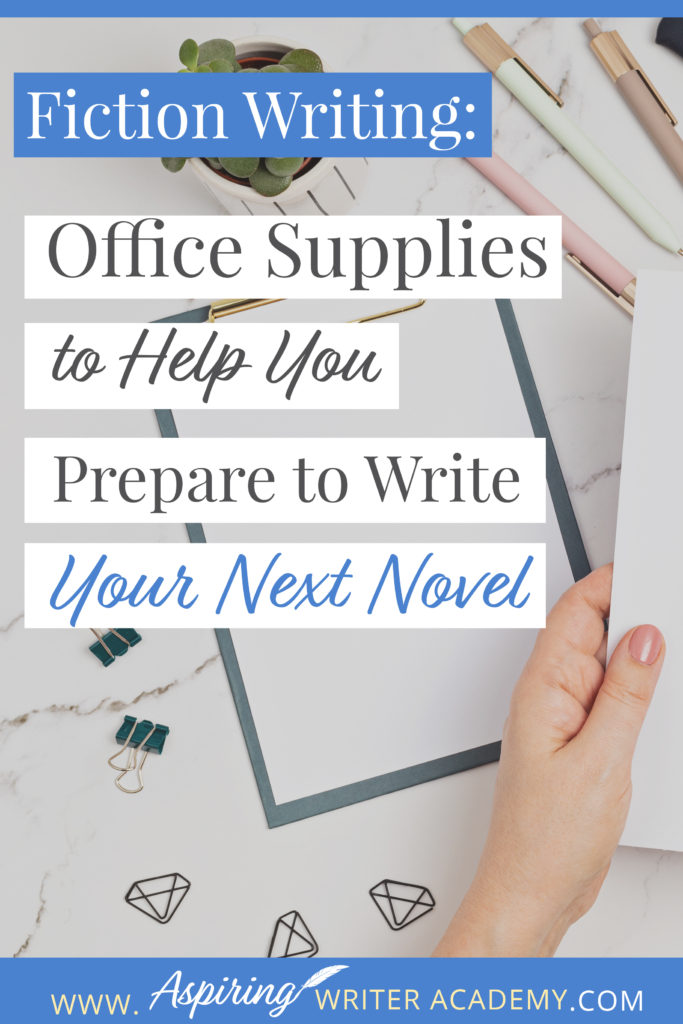
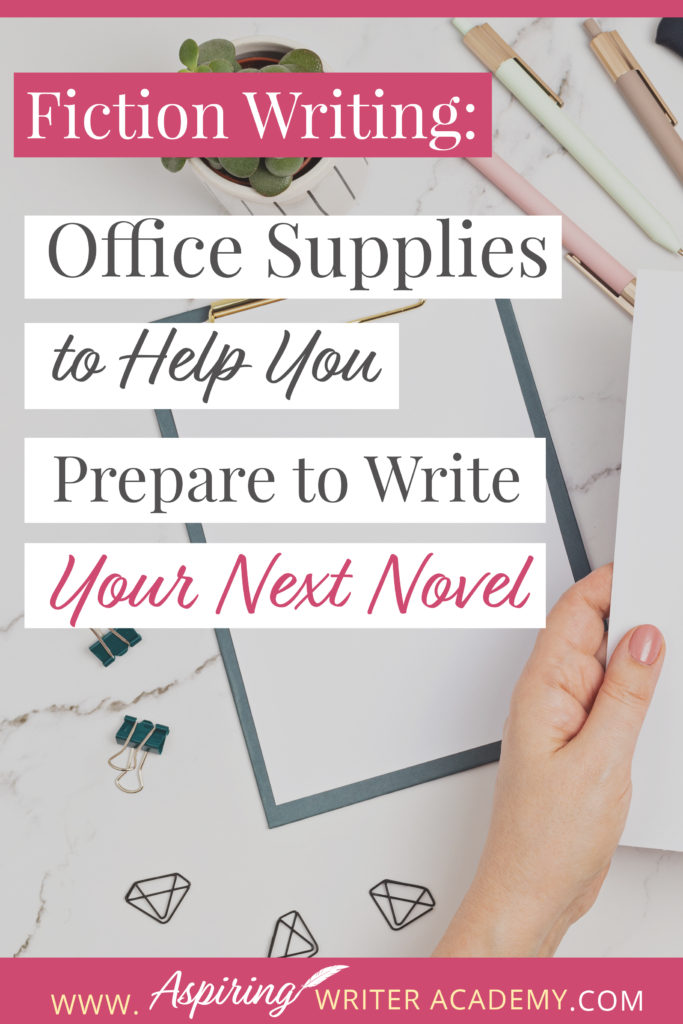
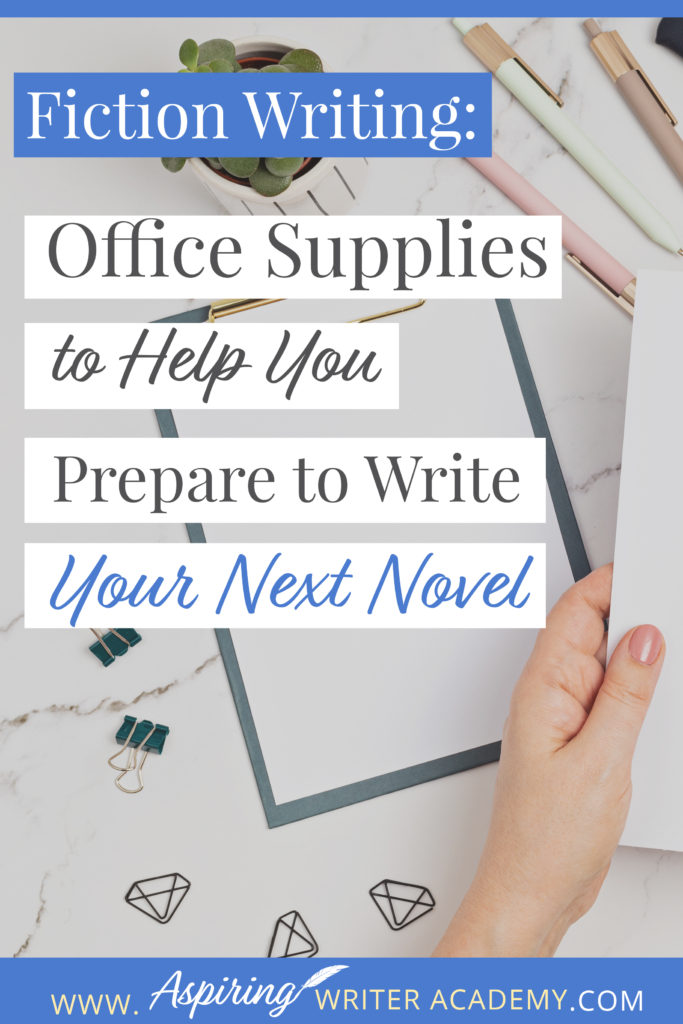
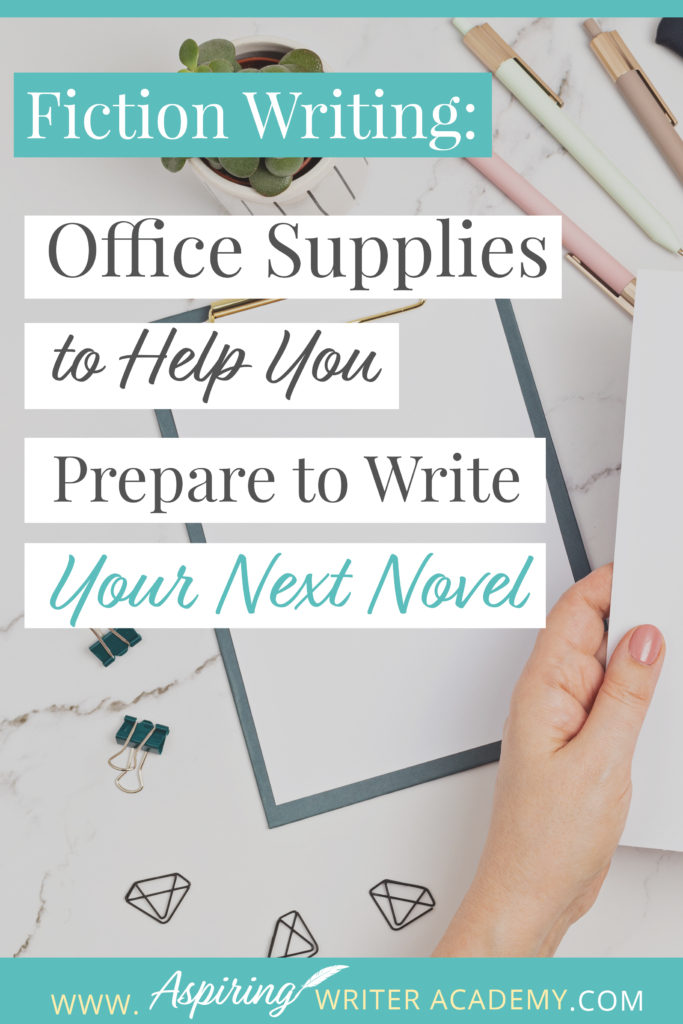
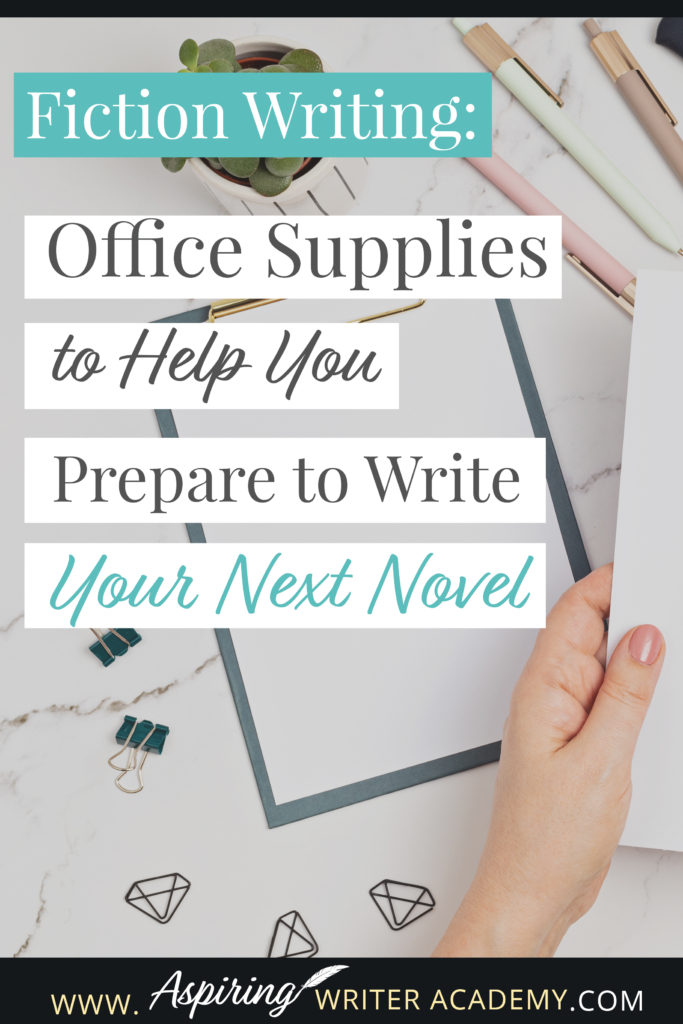
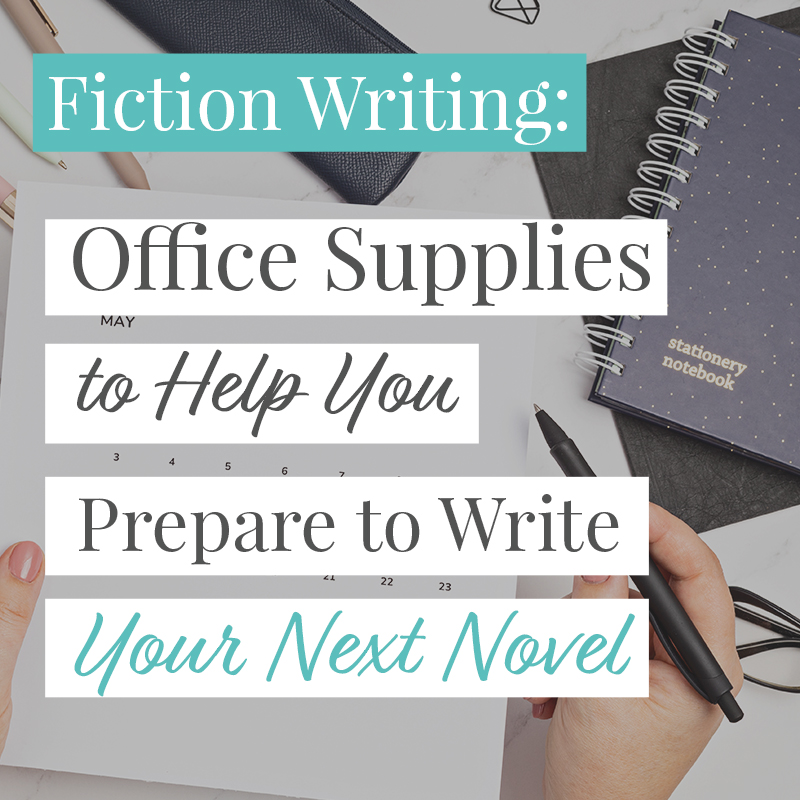
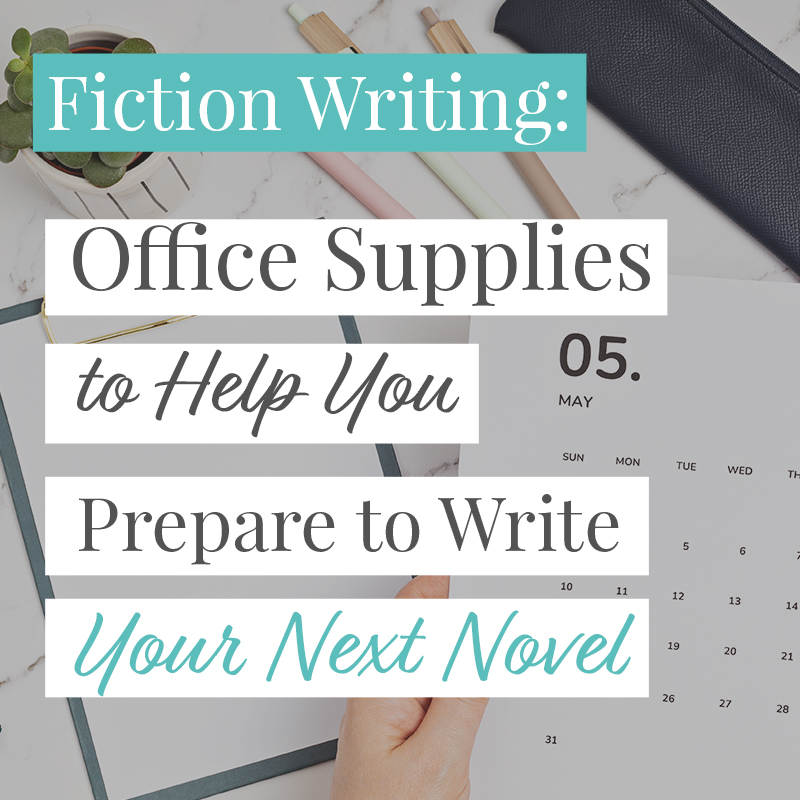
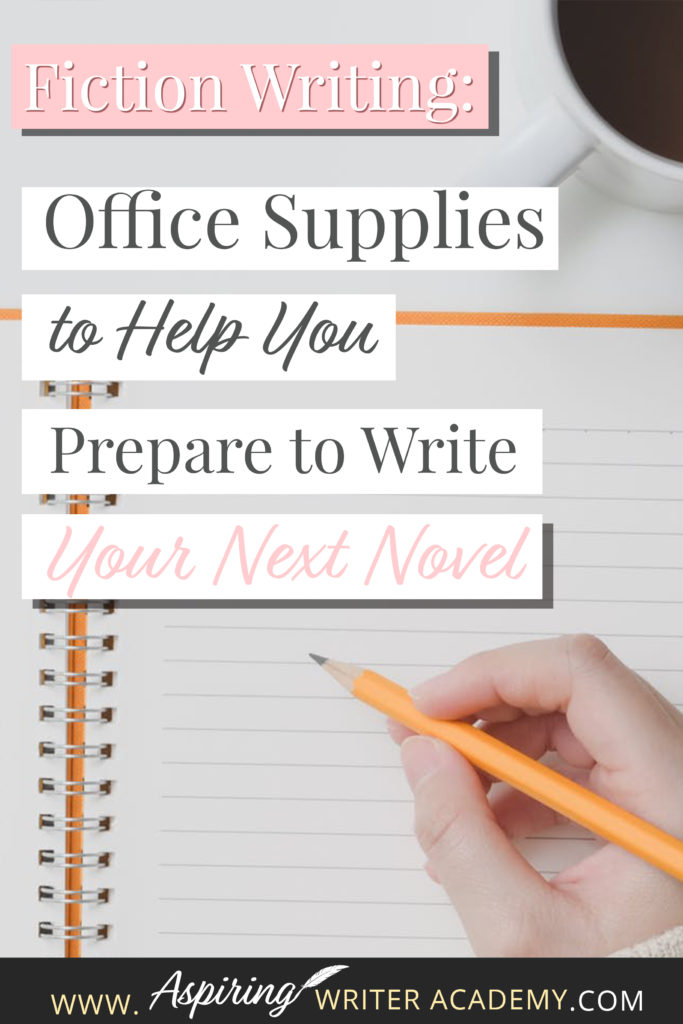
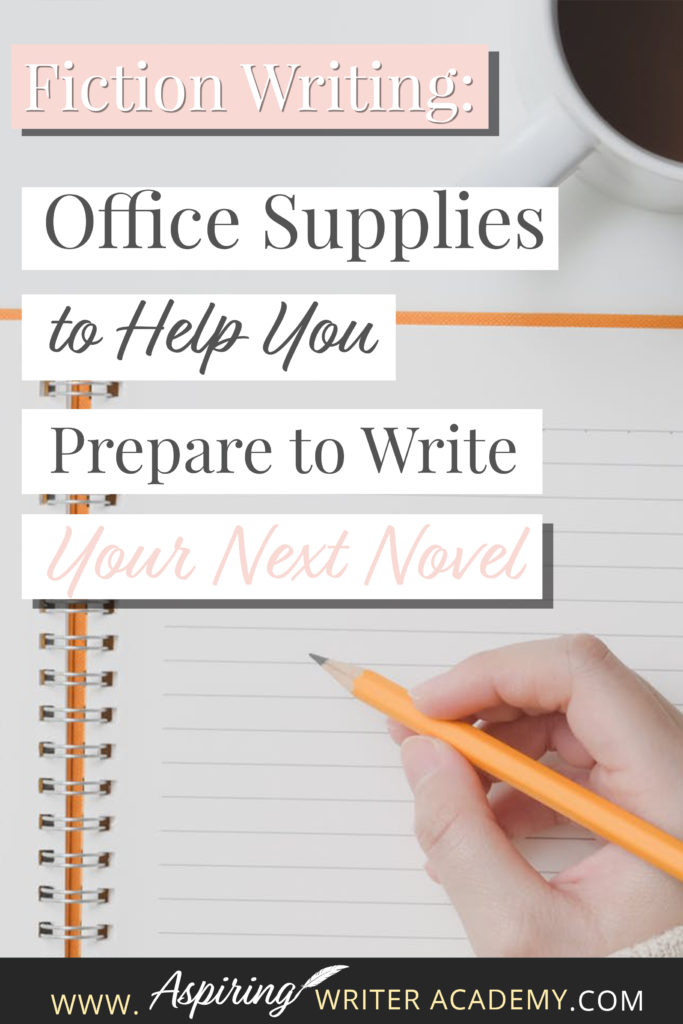
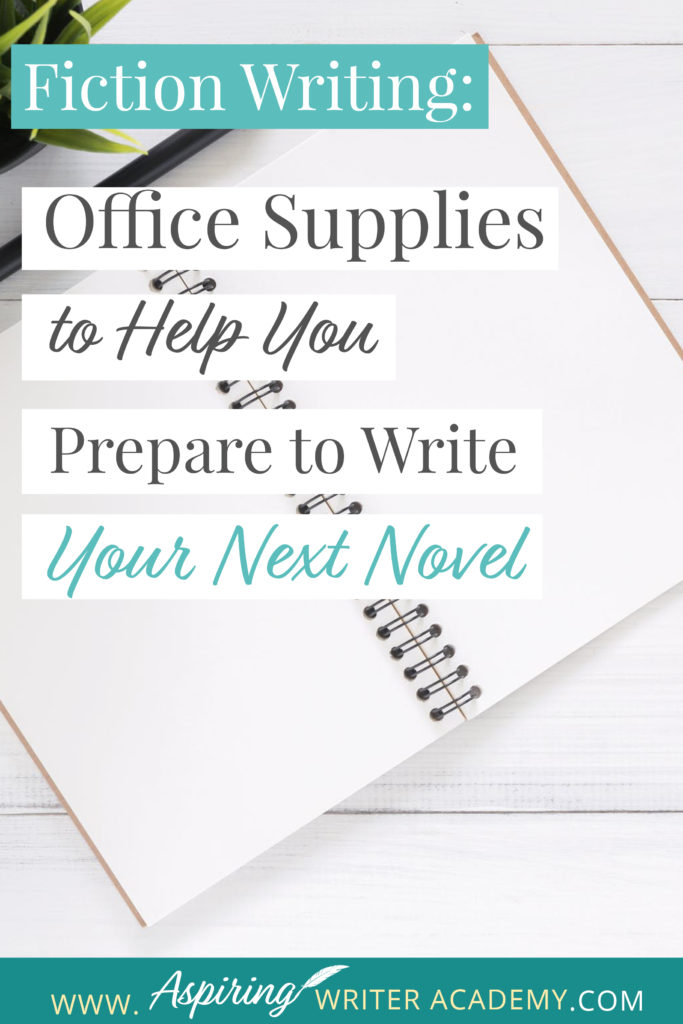
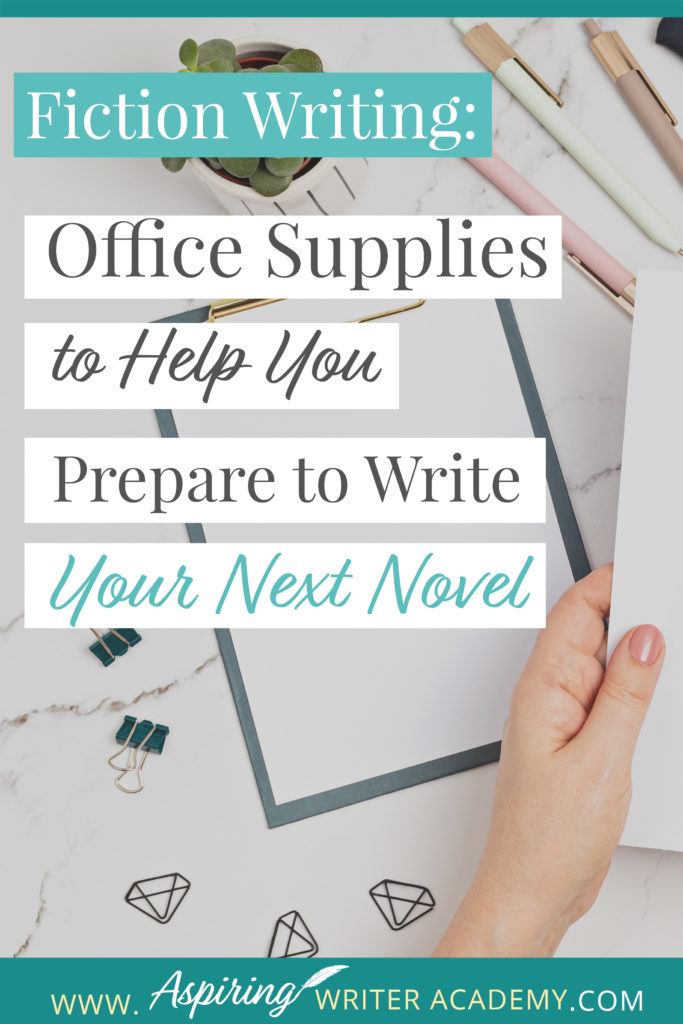
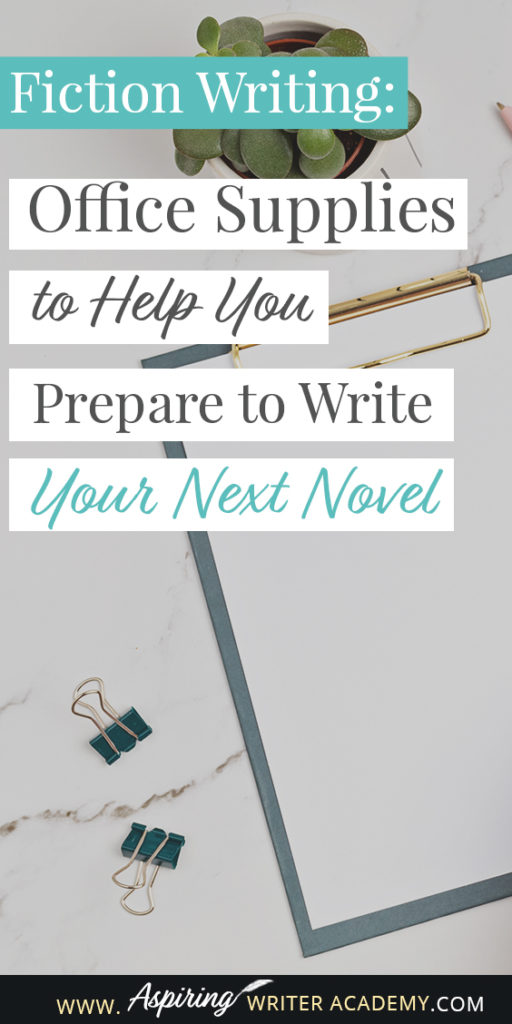
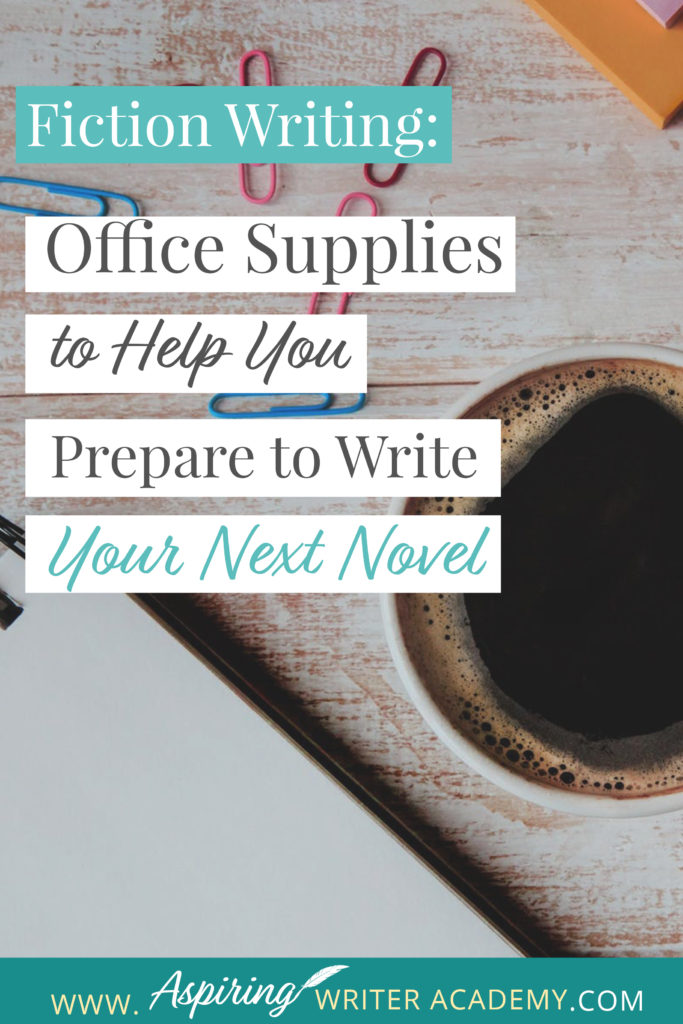
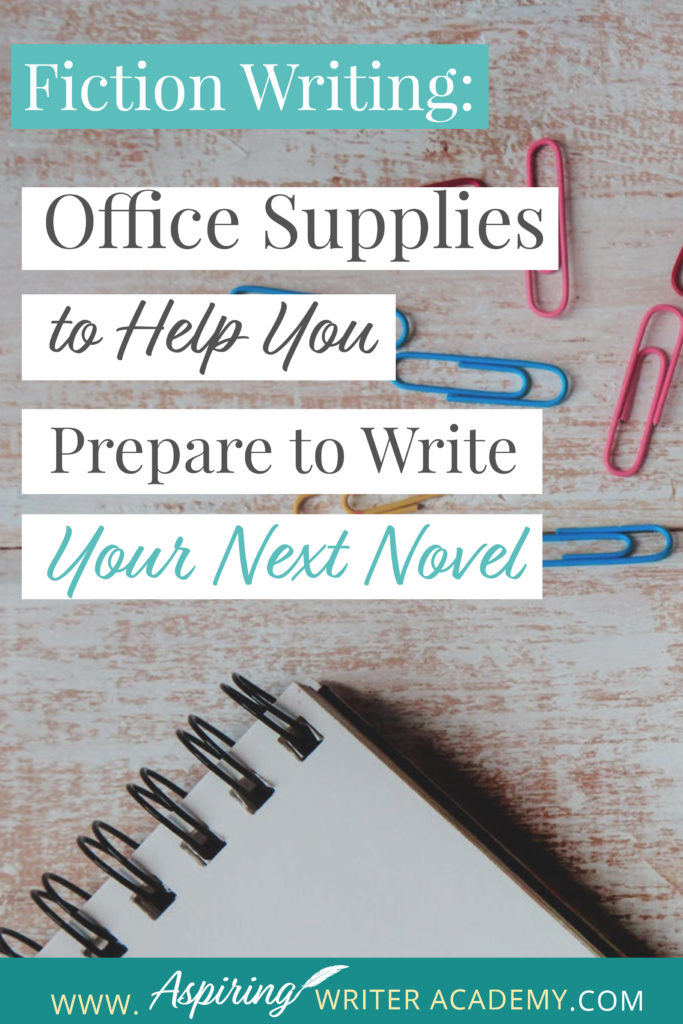
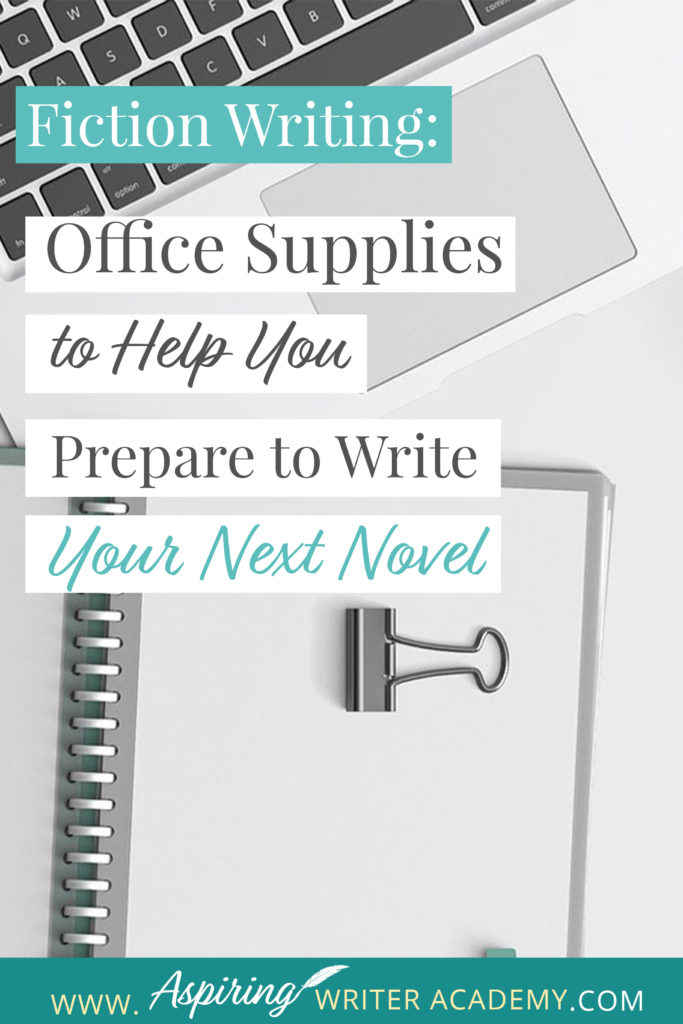
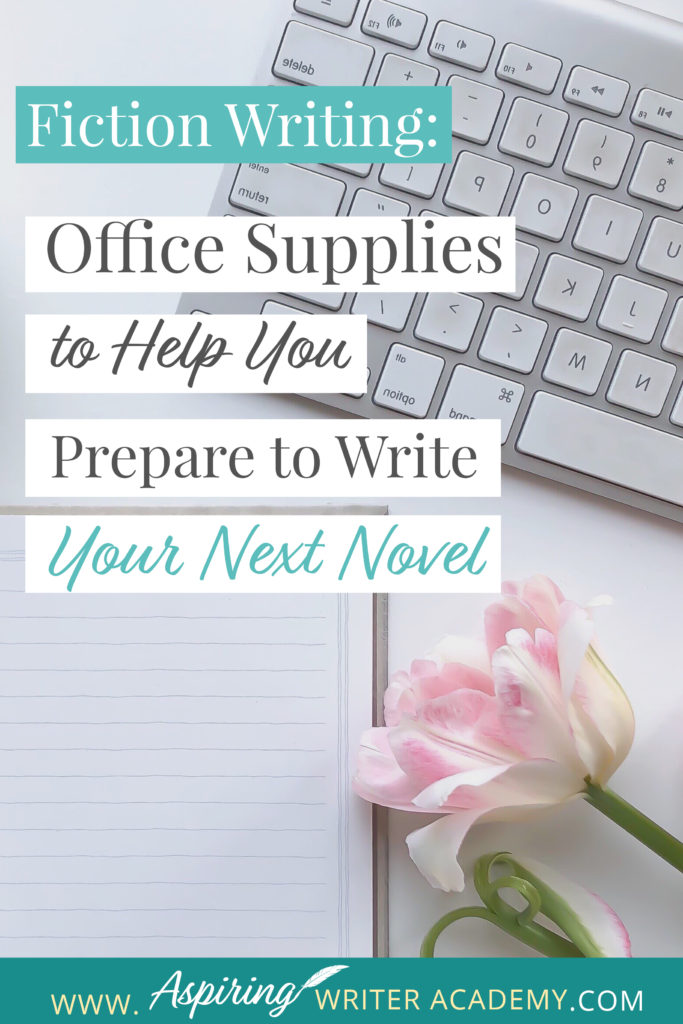
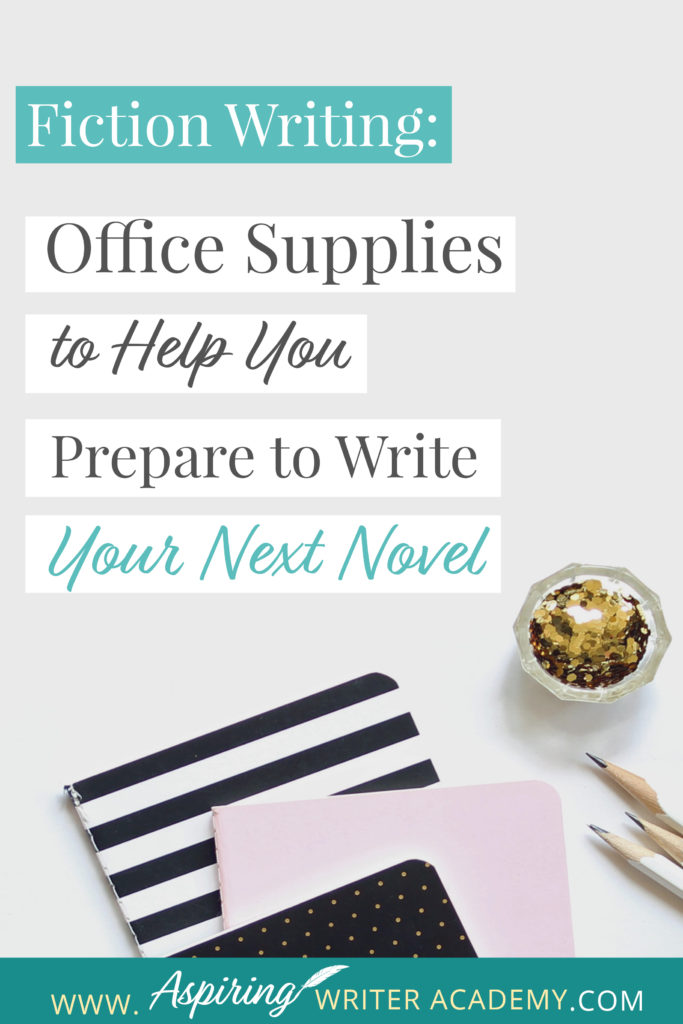
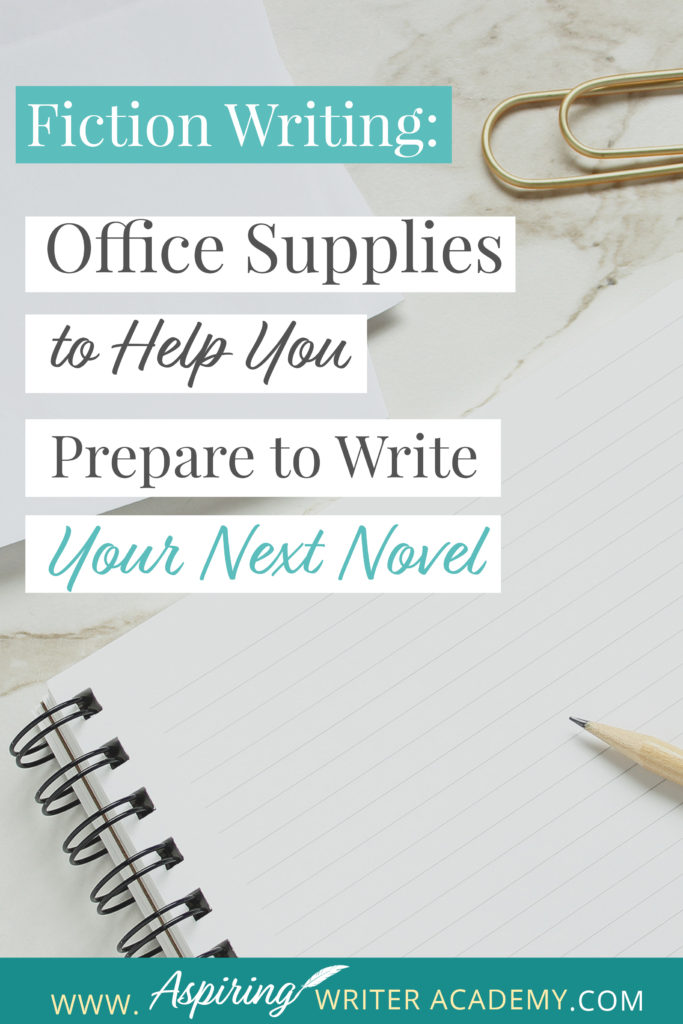
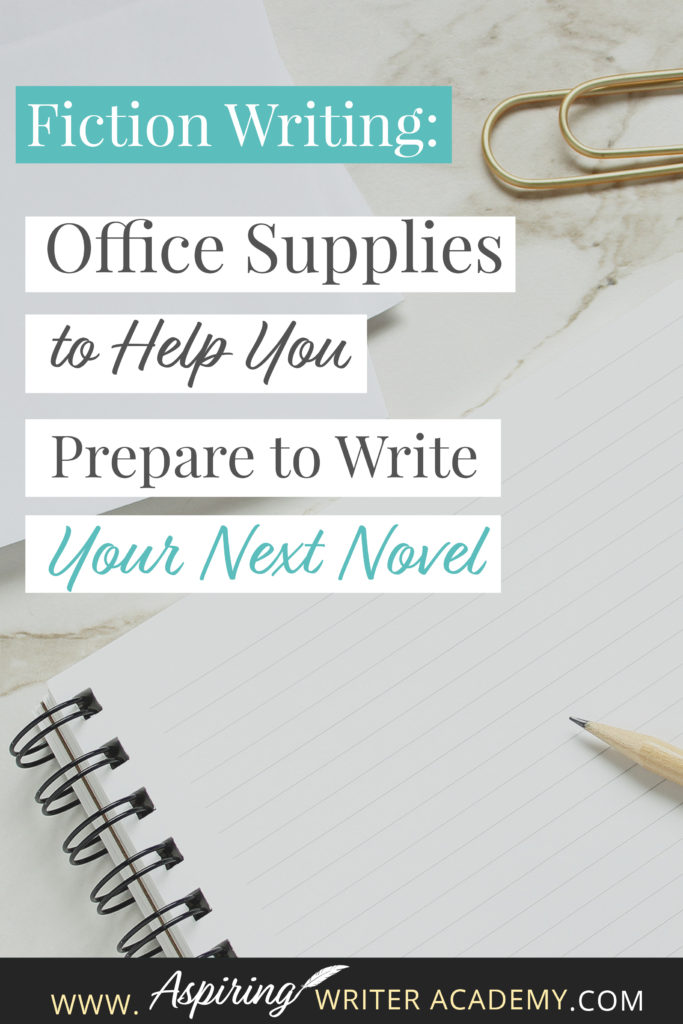
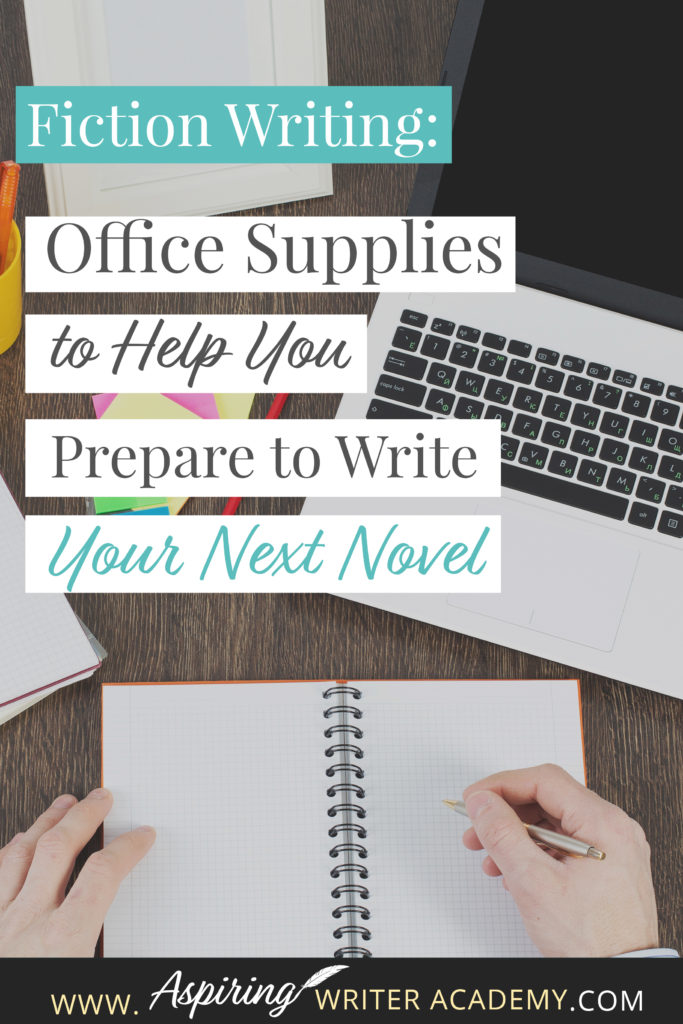
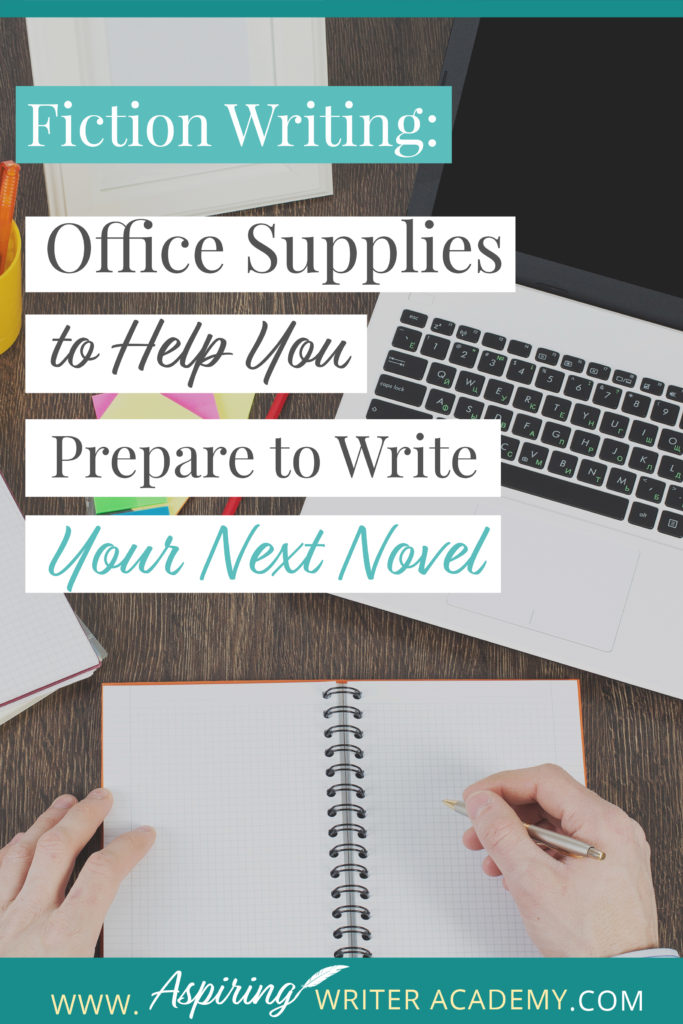
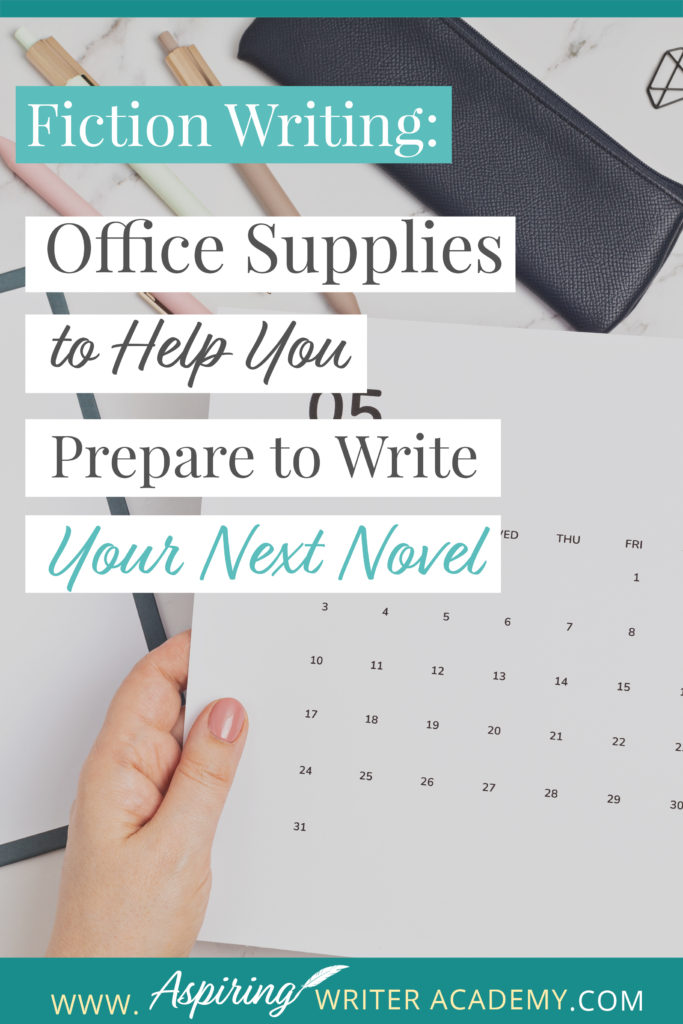
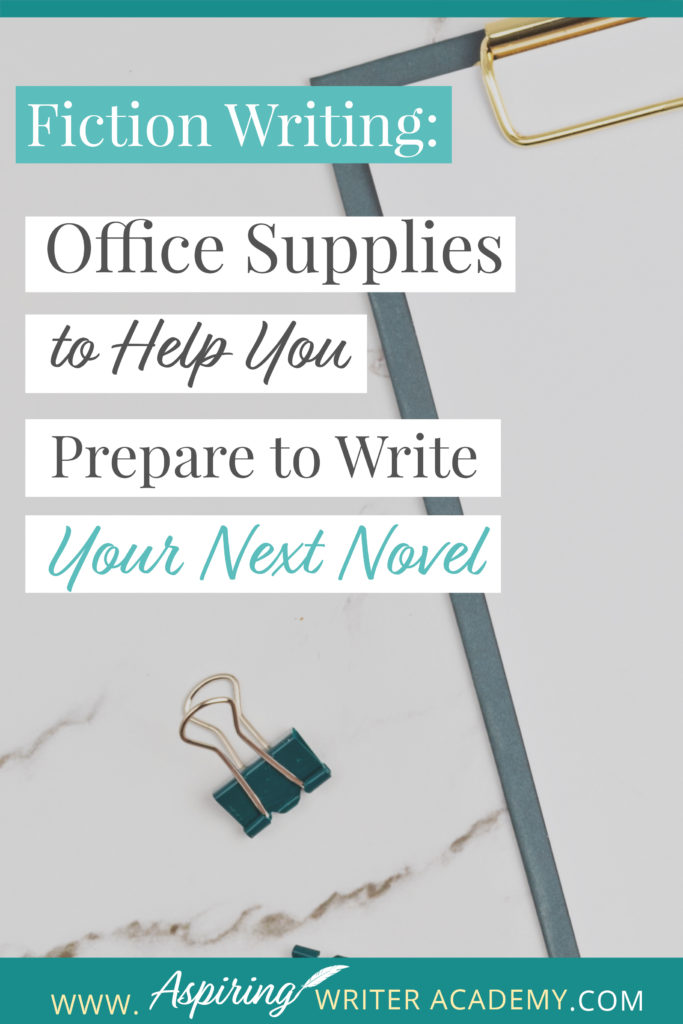
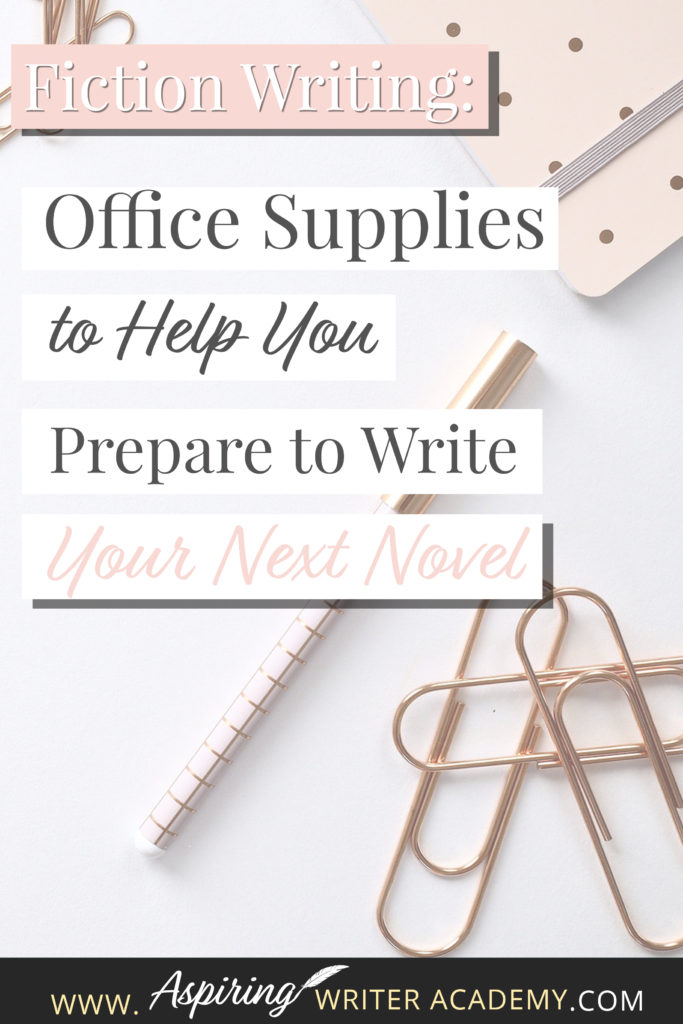
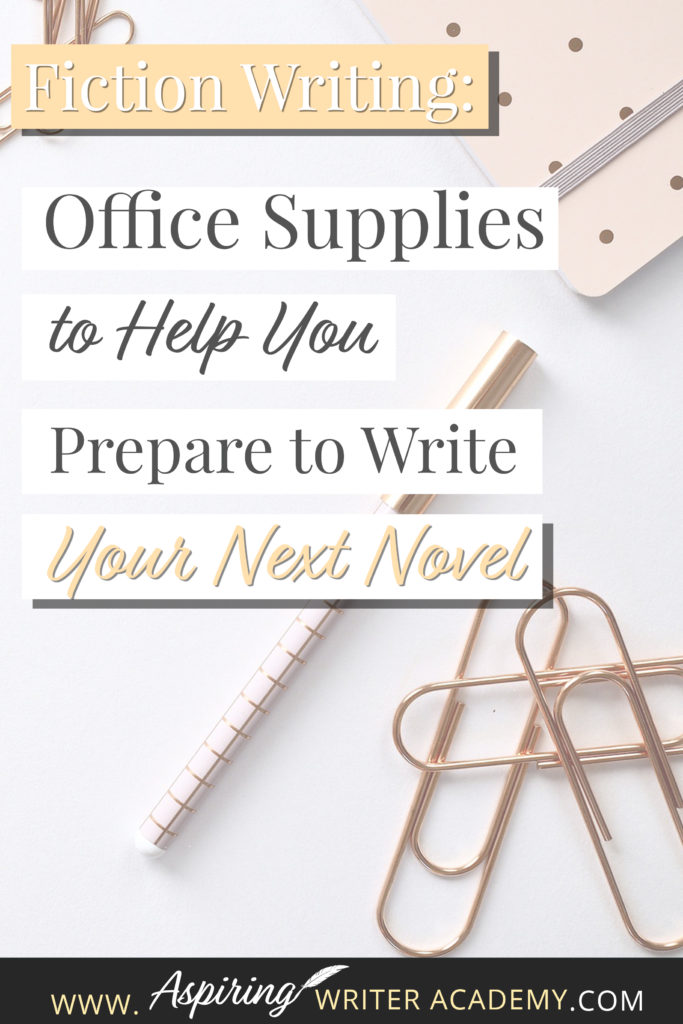
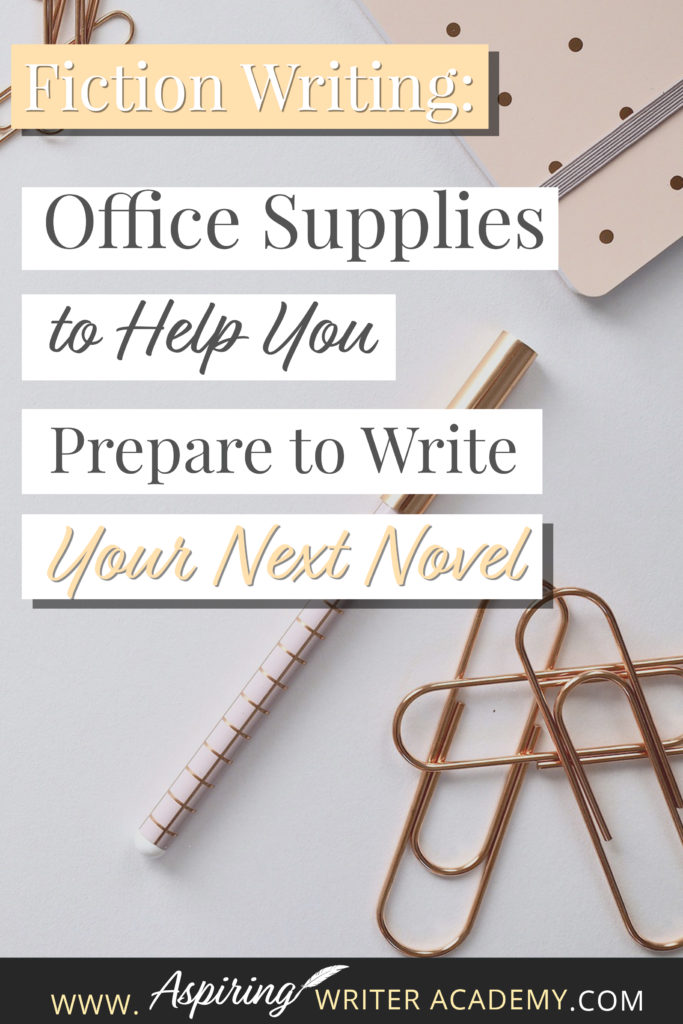

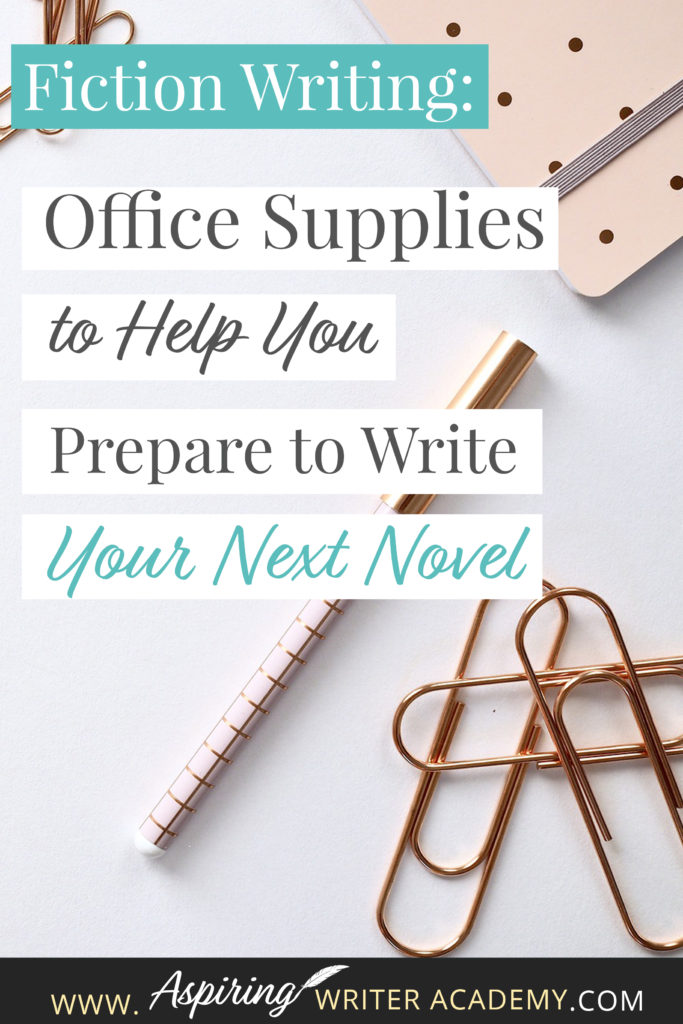






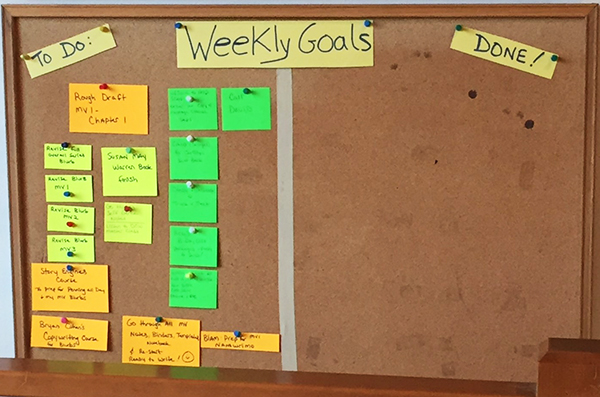


![[24 Pens - Red Ink] Think2 Retractable Gel Pens. (24 Red) Fine Point (0.5mm) Rollerball Pens with Comfort Grip. PLEASE REMOVE THE WAX TIP ON THE POINT OF THE PEN BEFORE USING THE PEN.](https://m.media-amazon.com/images/I/512mX9qvnML._SL500_.jpg)








